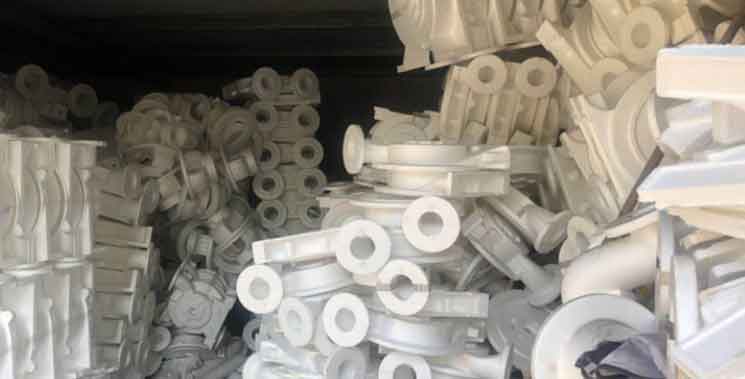
Investment casting, also known as precision casting or lost wax casting, is a multi-step process that involves transforming a wax pattern into a metal component. Here is an overview of the investment casting process:
- Pattern Creation: The process begins with the creation of a wax or wax-like pattern. The pattern is typically made by injecting molten wax into a metal mold or using additive manufacturing techniques such as 3D printing. The pattern is an exact replica of the desired final metal component.
- Pattern Assembly: Multiple wax patterns are attached to a wax runner system, forming a cluster or tree. The tree allows multiple components to be cast in a single investment casting mold, maximizing production efficiency.
- Investment Molding: The wax pattern cluster is coated with a refractory ceramic material to form a ceramic shell mold. This process, known as investment molding, is typically achieved through a series of dipping or slurry coating steps. The ceramic shell is built up layer by layer, and fine ceramic particles adhere to the surface of the wax patterns.
- Dewaxing: Once the ceramic shell is built around the wax patterns, it is heated to remove the wax, leaving behind a cavity in the shape of the desired metal component. This step is referred to as dewaxing or wax elimination. The wax can be melted out through various methods, including autoclaving, steam dewaxing, or high-temperature burnout.
- Preheating and Pouring: After dewaxing, the ceramic shell is preheated to a specific temperature to ensure proper metal flow and minimize thermal shock. Meanwhile, the metal, usually in the form of an ingot or casting alloy, is melted in a furnace. Once both the ceramic shell and the molten metal reach the desired temperatures, the metal is poured into the preheated ceramic shell.
- Solidification and Cooling: The molten metal fills the cavity previously occupied by the wax pattern, taking its exact shape. It solidifies within the ceramic shell, undergoing the transformation from liquid to solid metal. The cooling process allows the metal to harden and attain its final form.
- Shell Removal: After the metal has solidified and cooled, the ceramic shell is removed through mechanical means, such as vibration or water blasting. Some residual ceramic may remain, which can be removed through abrasive cleaning or other techniques.
- Finishing Operations: The cast metal component may undergo various finishing operations to achieve the desired surface finish, dimensional accuracy, and mechanical properties. These operations can include cutting, grinding, machining, heat treatment, and surface treatments like polishing or plating.
- Inspection and Quality Control: The final component undergoes rigorous inspection to ensure it meets the required specifications and quality standards. Non-destructive testing methods such as X-ray, ultrasonic testing, or visual inspection are commonly employed to detect any defects or inconsistencies.
The investment casting process requires careful attention to detail, precise control of parameters such as temperature and timing, and skilled craftsmanship. It offers the advantage of producing complex, high-quality components with excellent dimensional accuracy and surface finish. The process allows for the production of a wide range of metal components, ranging from small, intricate parts to larger, more complex structures, making it a preferred choice in many industries.
